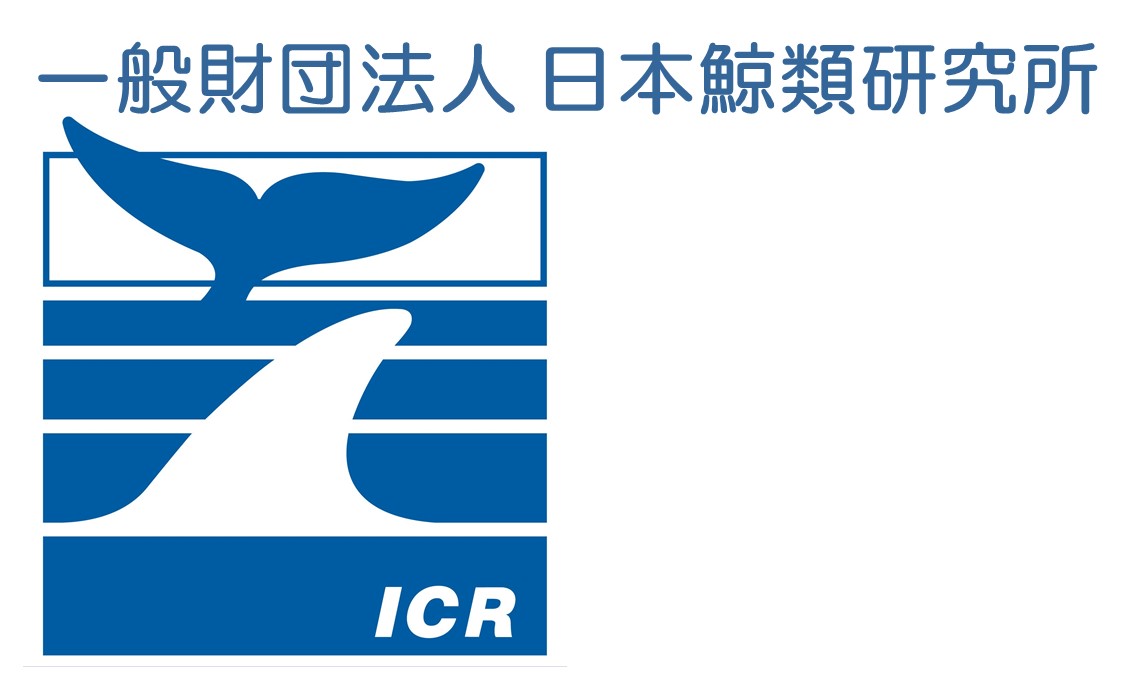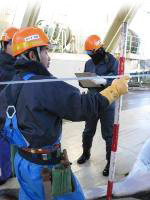Protocol to facilitate research collaboration and data access related to NEWREP-A
INTRODUCTION
The Government of Japan decided to develop the New Scientific Whale Research Program in the Antarctic Ocean (NEWREP-A) following guidelines offered in the ICJ Judgment for granting special permit whaling under Article VIII, paragraph 1. The research plan for NEWREP-A was submitted to the IWC in November 2014, and reviewed by a panel of international experts in February 2015 (NEWREP-A review workshop), and by the whole IWC SC in May 2015.
The two main objectives of NEWREP-A are the following:
I. Improvement in the precision of biological and ecological information for the application of the Revised Management Procedure (RMP) to the Antarctic minke whales; and
II. Investigation of the structure and dynamics of the Antarctic marine ecosystem through building ecosystem models
The main objective I is composed of the following objectives:
I (i): Abundance estimates for Antarctic minke whales taking into account of g(0) and additional variance.
I (ii): Improvement of precision of biological and ecological parameters.
I (iii): Refinement of stock structure hypotheses of Antarctic minke whales in Areas III-VI for the implementation of the RMP.
I (iv): Specification of RMP Implementation Simulation Trials (ISTs) for the Antarctic minke whales.
The main objective II is composed of the following objectives:
II (i): Ecological research (krill abundance estimation and oceanographic observation)
II (ii): Abundance estimates of some cetacean species as input data for ecosystem modelling.
II (iii): Estimation of prey consumption by the Antarctic minke whale and its nutritional condition.
II (iv): Ecosystem modelling (spatial interaction among baleen whales and consideration of predators-prey system and allometric reasoning).
See details of the NEWREP-A research plan in (http://www.icrwhale.org/pdf/151127newrep-a.pdf).
The first multidiscipline NEWREP-A survey was carried out during the 2015/16 austral summer season a part of east of Areas IV (115°-130°E) and V (130°E-170°W) in Antarctic. Several kinds of data and samples were obtained by the different survey components: biological survey of Antarctic minke whale (Balaenoptera bonaerensis); dedicated sighting survey; and krill and oceanographic surveys.
A list of data and samples collected during the NEWREP-A 2015/16 is shown in Appendix 1.
Data and samples collected during the NEWREP-A surveys are available to the national (Japan) and international scientific community through the simple protocol indicated below. Topics can be related to the main research objectives of NEWREP-A as well related to other specific objectives.
Similar samples and data collected for more than 25 years during the JARPA and JARPAII are also available for the scientific community. Details of the data and samples collected by JARPA and JARPAII are available in the following link (JARPA http://www.icrwhale.org/pdf/JARPAdata.pdf; JARPAII http://www.icrwhale.org/pdf/JARPAIIdata.pdf).
PROTOCOL
Scientists interested in the data and samples collected by NEWREP-A and/or JARPA/JARPAII programs should follow the following steps:
1. Explain the research objectives and data required using the research proposal format in Appendix 2
2. Send your research proposal by e-mail to the relevant ICR scientist that is closer to your area of expertise:
Sighting, environmental, whale photo-id data : Dr. Koji Matsuoka (matsuoka@cetacean.jp)
Biological data from Antarctic minke whale : Mr. Takeharu Bando (bando@cetacean.jp)
Feeding ecology and energetic data from Antarctic minke whale : Dr. Tsutomu Tamura (tamura@cetacean.jp)
Pollutants data from whale and environment : Dr. Genta Yasunaga (yasunaga@cetacean.jp)
Genetic data : Dr. Mutsuo Goto (goto@cetacean.jp)
Other data : Dr. Tsutomu Tamura (tamura@cetacean.jp)
3. Responses will be sent to you within a 2-week period
Note that CITES export/import permits are required when whale samples are to be transported between countries.




